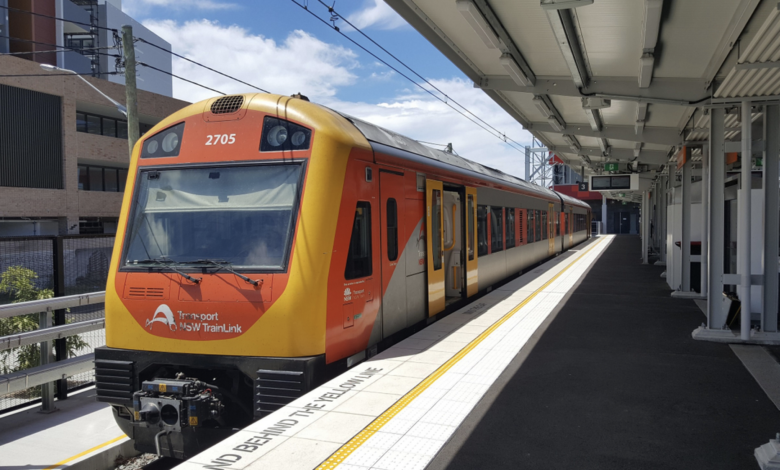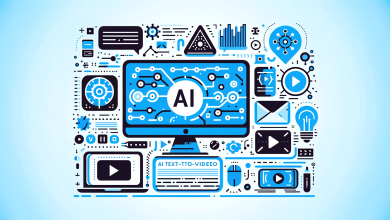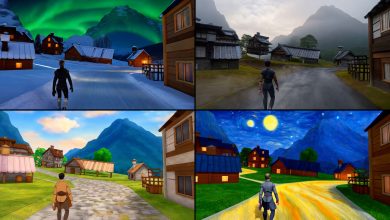
We have all read about the power of AI and its ability to positively transform aspects of our everyday lives, but how does this work in practise? Let’s take the transportation sector as an example and consider a multi-modal operator in a city that manages buses and trains.
Once upon a time, when the new train or bus timetables were published, commuters would collect folded, paper timetables from the station to work out their journeys. Today, we open an app on our mobile device which tells us the approximate arrival time of the bus or train, its current location, congestion on the roads and even the state of the traffic lights. All this information is made possible by the capture, management and processing of vast amounts of disparate data from multiple sources across different networks.
Using AI to monitor arrival and departure times and broadcast the results to travel apps ensures commuters and staff are always aware of the status of the transport network, right down to which platform the train is arriving and departing from. If you visit Japan, you will experience train arrival and departure times that are accurate to the second; this level of information flow is now the standard by which commuter’s gauge their travel experience.
According to the Statista Research Dept, the number of train users globally has grown consistently since 2017 and is projected to continue on an upward trend. In 2023, around 970 million passenger rail users were recorded. By 2028, this number is expected to grow to 1.08 billion users.
Another layer of real-time, operational information can be generated with Computer Vision. This established technology uses CCTV infrastructure as the sensor layer and analyses video streams in real-time for health and safety, security and surveillance purposes. Through the use of 5G, locations not connected to an organisation’s WAN such as bus stops and remote train stations can also be monitored.
Computer Vision solutions are typically integrated with the organisation’s video management systems (VMS) in order for operators to manage incidents according to their Stand Operating Procedures (SOPs). When an incident is detected by the Computer Vision application, metadata along with a still or short video clip of the incident is sent to the VMS for the operators to manage. As the metadata and associated media are typically a few megabytes, the additional load on the existing WAN network is low.
A practical example of the use of Computer Vision for health and safety purposes is the counting of people waiting on a train platform. With passengers alighting from trains onto the same platform as waiting commuters, the volume of people may exceed the safety limits. In the main control room, dynamic dashboards connected to the Computer Vision system can be updated every second to display various graphical representations of passenger density on a platform. A simple dial display with green, amber and red calibrations allows operators to see passenger density on the platform and to take appropriate action when the display is showing an amber status — this might involve the temporary closing of exits and entrances to platforms.
Control room operators can also receive automatic alerts to potential risks and hazards such as crowding on stairwells and in passageways, smoke, abandoned objects and aggressive behaviour, and update dashboards in control rooms on a regular basis. For example, raising an alert when the number of people waiting on a platform approaches a predefined warning threshold in real-time, which allows operators to advise station staff to restrict passenger access to the platform and to make announcements over the PA to the travelling public that platform restrictions are in operation. The same dashboards can be configured to display Colour-coded heatmaps which provide control room staff with a clear, visual indication of contextual information, which leads to enhanced safety for passengers and staff.
Other critical use cases include being able to detect a person(s) attempting to get on the tracks, access marshalling yards or enter railway tunnels. Such incidents can be automatically flagged, and security staff dispatched to investigate and apprehend trespassers, significantly reducing response times. Further benefits include implementing the technology in car parks and the surrounding areas of railway stations, which are often difficult to manage 24/7. Using a combination of computer vision software and complementary technologies, such as IoT sensors and edge-based servers, allows risks to be identified and managed rapidly. It’s important to note that this technology does not store a person(s) personal data or track their mobile phone.
The potential for AI to transform the railway industry is significant. We have seen how it can enhance the passenger experience while also improving the safety of its users. It’s reliable, versatile and scalable, making it the perfect solution for railway operators to keep up with increasing passenger demand whilst at the same time helping to keep passengers and staff safe.



